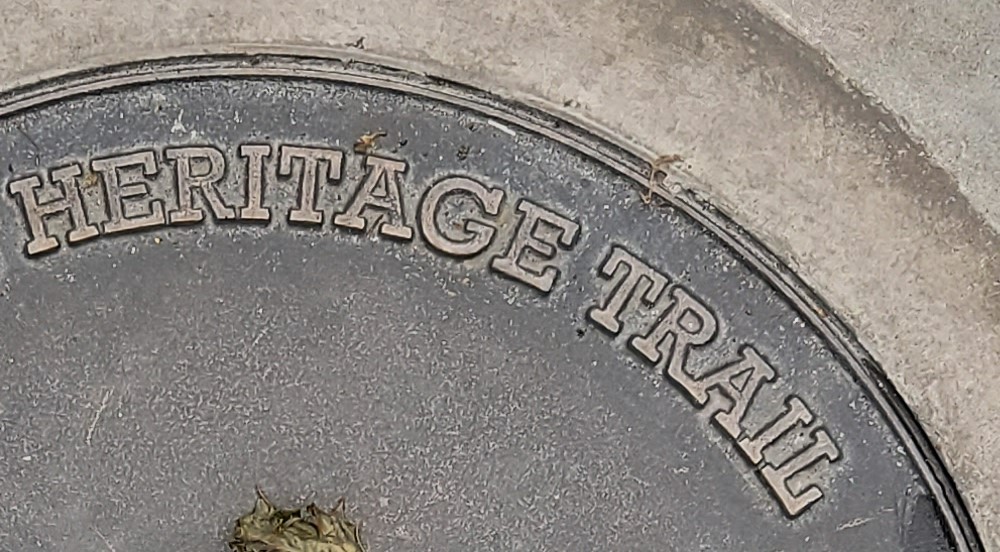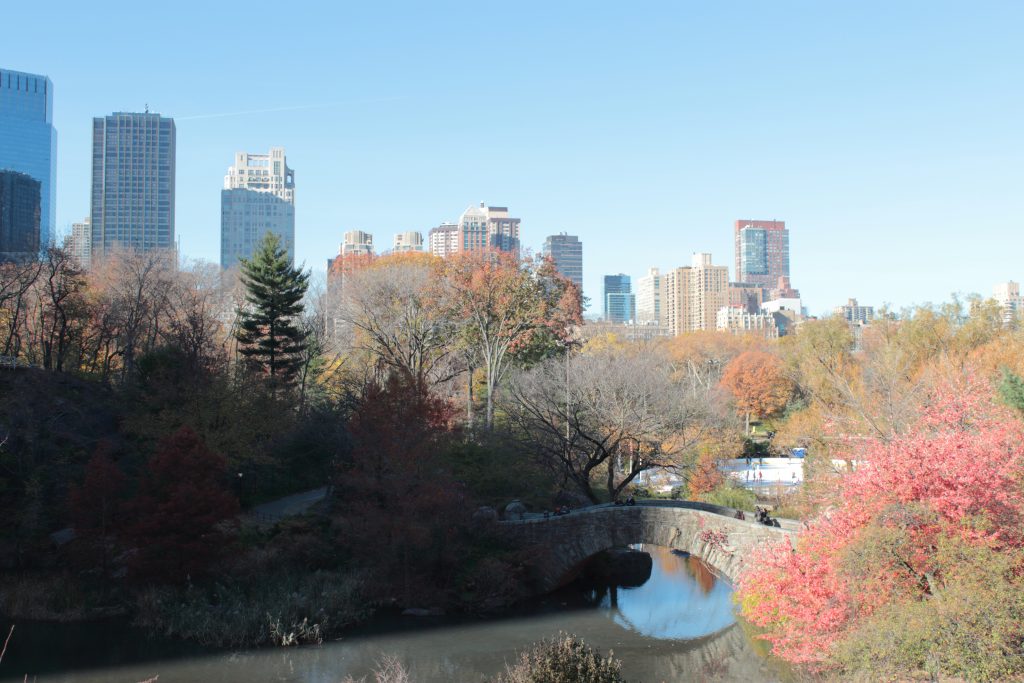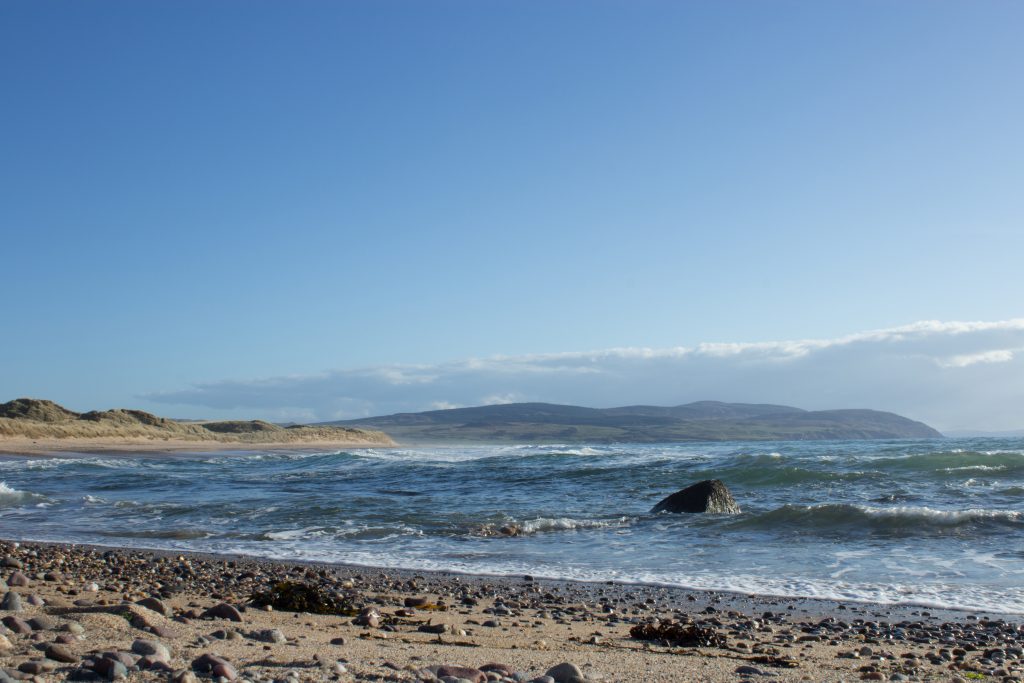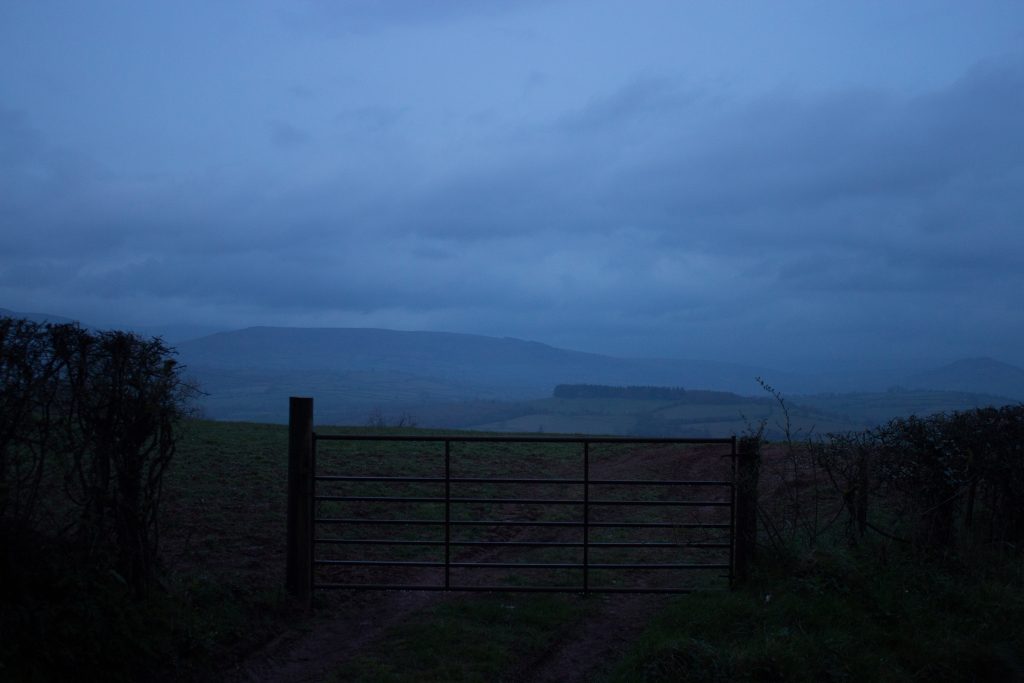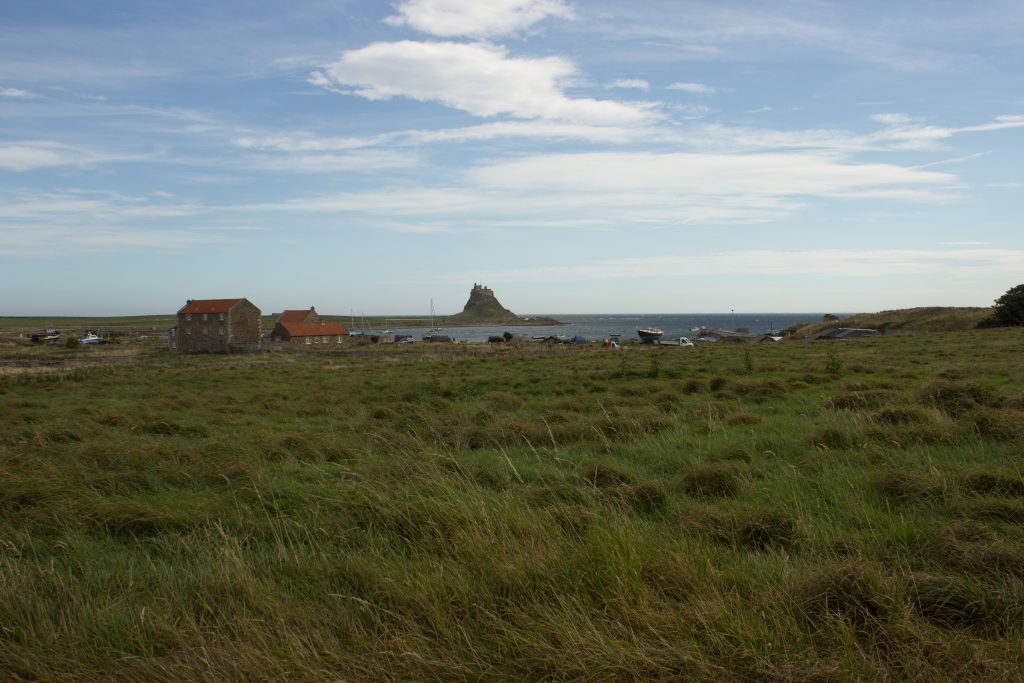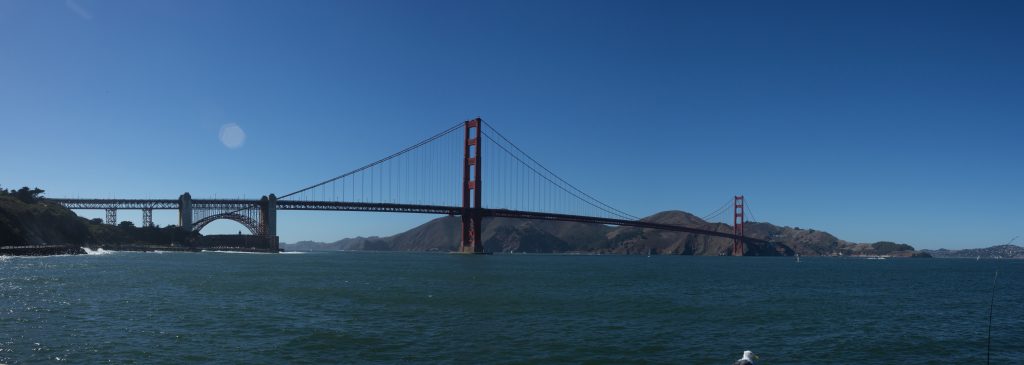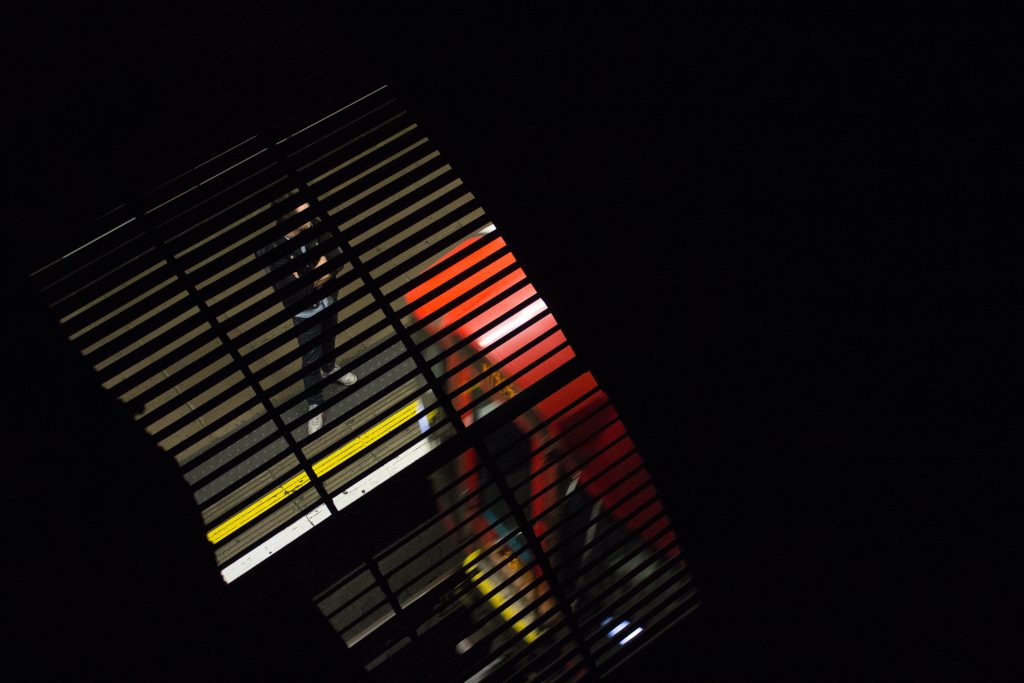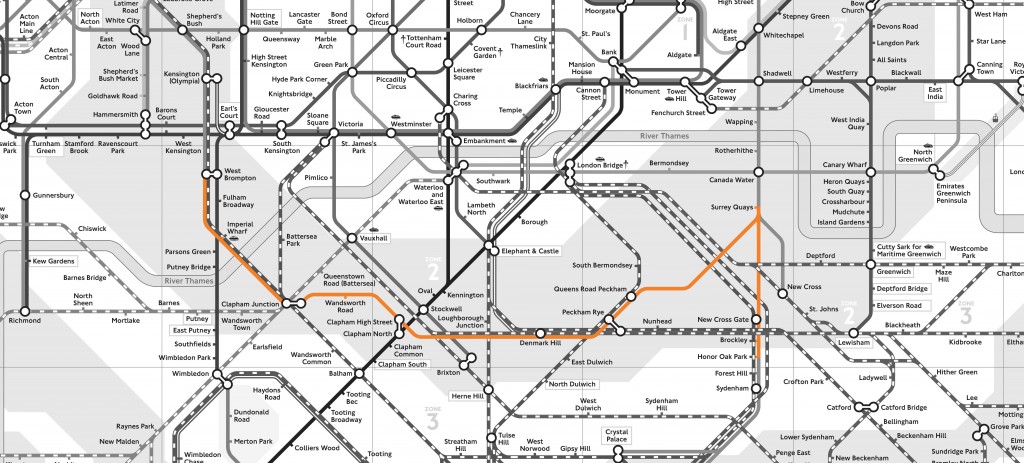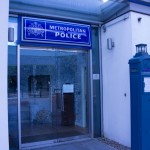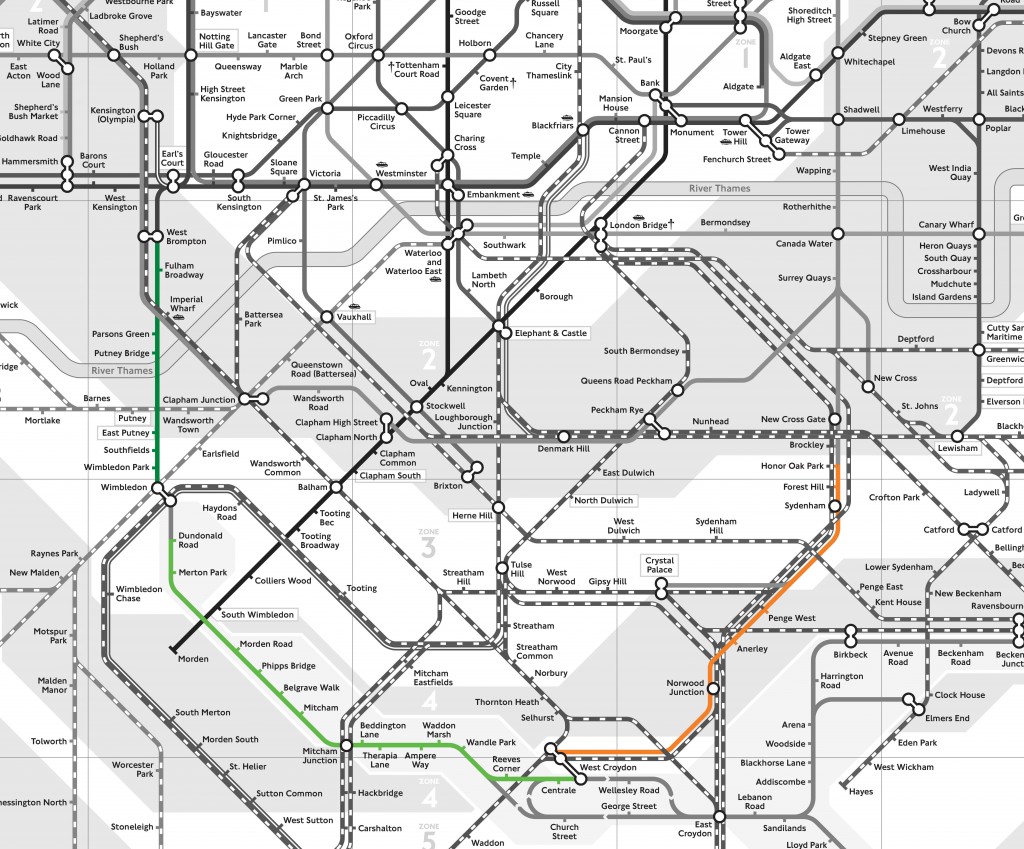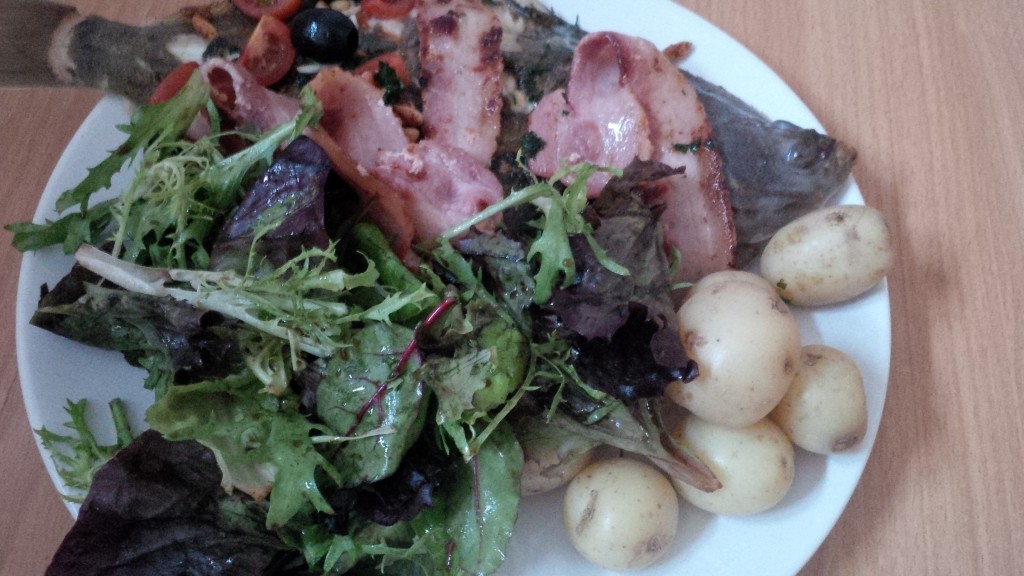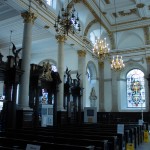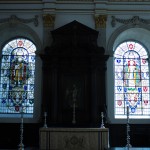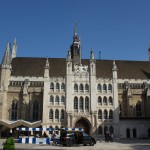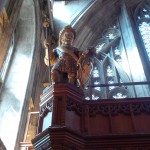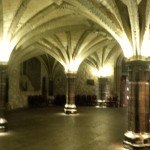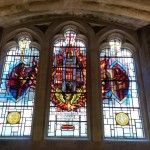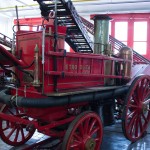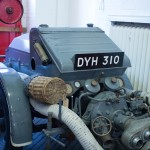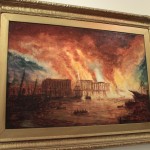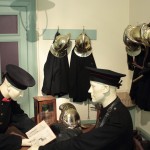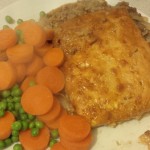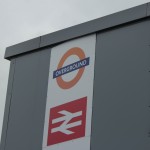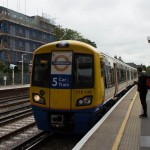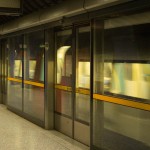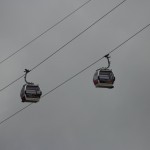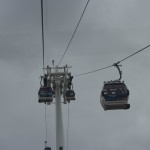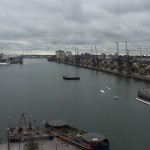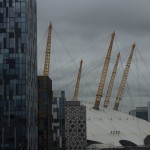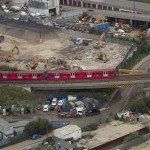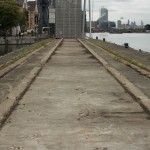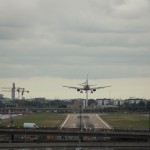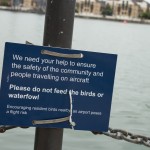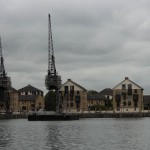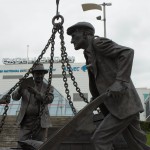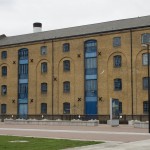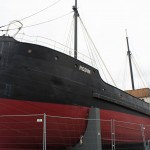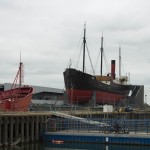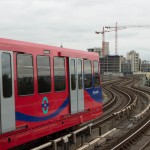Back in October 2020, I started walking the 78-mile Capital Ring (in segments, I’ve not been continually walking since then…). This week I had my first free weekend in a long time so thought I’d walk the next leg (sections 9-11). I knew it had been a while since I’d done the previous leg, but when I checked I discovered I hadn’t been out on the trail since April 2021, almost 11 months ago.
I had plenty of time on my 17-mile walk to think of three reasons why it had been so long:
1. I’ve been busy doing other things
Last Summer, I spent most of my time training for a marathon. It’s hard to find time for a 17 mile walk when you also need to do a 17 mile run on a weekend. Last year, my focus was on the marathon. This year, that’s not a problem I have to balance.
2. I’ve done other walks
I’ve actually done over 300 miles of walking* since I last set foot on the Capital Ring. That includes walking the North Downs Way and the Yorkshire Wolds Way, but it doesn’t actually include my 26 mile walk in the Chilterns or my 75 mile walk challenge. So I’ve actually not been short on walking in those 11 months.
* Walking along a dedicated trail or route, rather than just walking in general.
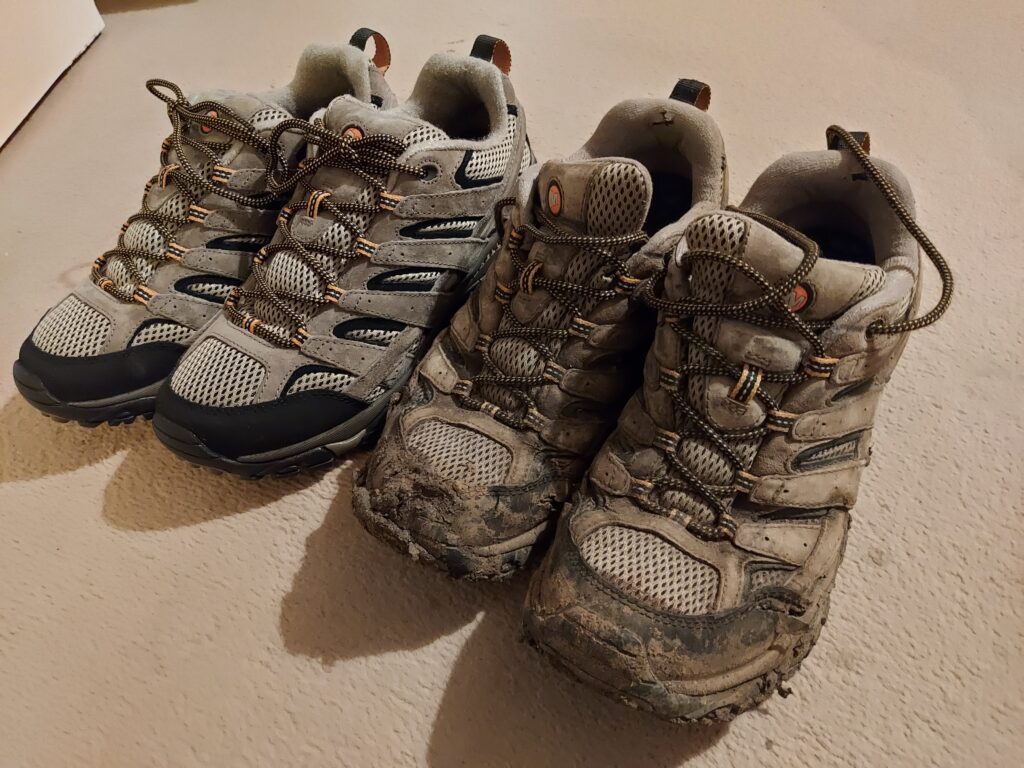
3. It’s just on the wrong side of London
I live in south-east London. The Capital Ring starts in Woolwich and goes clockwise around the city. At the end of April 2021, I was 56% of the way round. To do anymore of the walk I would have to travel all the way across London to get to the start of the walk and then the same to get home again afterwards. It sounds lazy, but an hour and a half journey either end of a walk isn’t particularly tempting. Not a reason not to do it, but when the walk isn’t on your doorstep, it’s hard to remember that it’s still to be walked.
Although now having completed Saturday’s walk, I just have another 17 miles to go to get back to Woolwich. But when that’ll be, I’m not sure.



